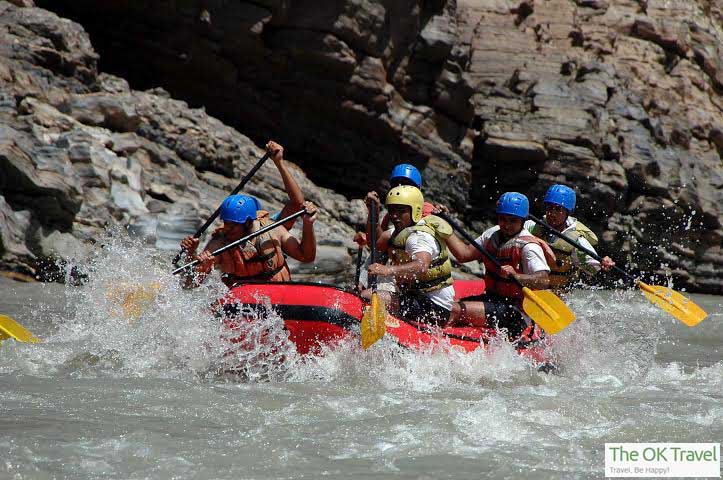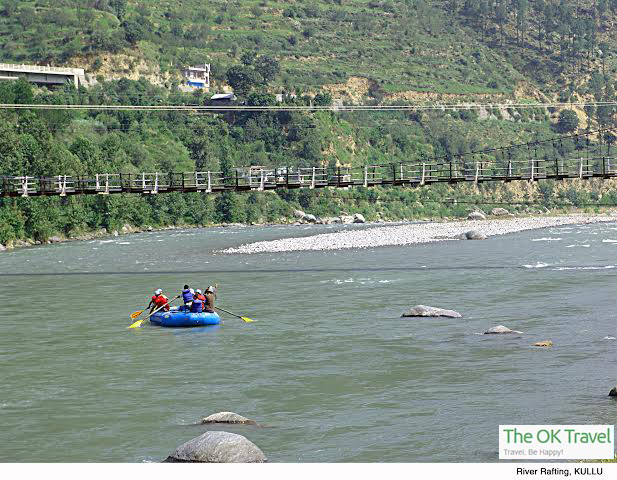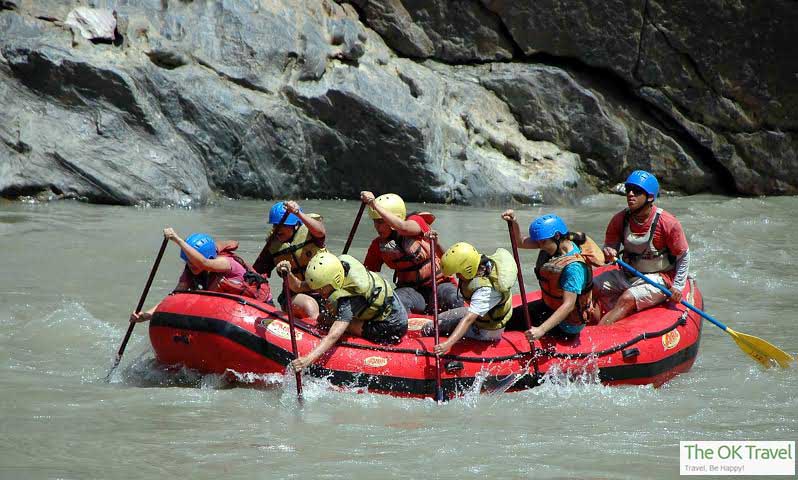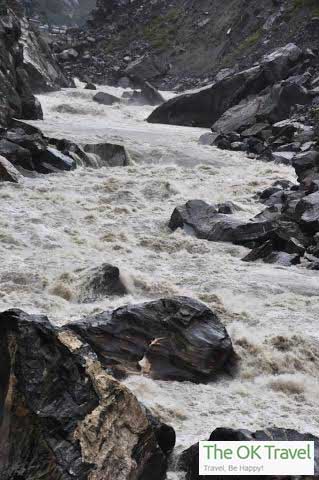Rushing downstream with the strong river flows and negotiating turbulent rapids, discount with water droplets hitting you in the face, discount white water rafting is an adventure sport that gets up the adrenalin working thick and fast.

Many Himalayan rivers that are born out of glacial lakes, vialis 40mg before entering the plains pass through Himachal Pradesh. Along the route they have carved several graded stretches that have attracted white water rafters from India and overseas.
Out of the many adventure sports opportunities available in the state, rafting here is sure to offer you one fun and memorable experience. Riding the currents of River Sutlej, the mighty river that cuts right through the great mountain chain, offers a unique and exhilarating experience for anyone out there on a raft in it.
The scenic Sutlej Valley
The Sutlej Valley in Himachal Pradesh is beautifully blessed with some breathtaking picturesque and vantage locations. Its awe-inspiring beauty is rich in flora and fauna, which magnificently comprises of lush green forests of Oak, Pine and Deodar evergreen trees.

The valley also shelters substantial orchard lands. Where the lower parts of the valley are covered with plum, almond, mango and citrus fruit trees, in the higher altitudes there are acres and acres of apple, peach, cherry, apricot and a host of other temperate fruit orchards.
Rafting In the Mighty Sutlej
The mighty Sutlej, known as Zarados to the ancient Greeks who penetrated the region with armies of Alexander The Great, is the longest tributary of River Indus that flow through Punjab.
Starting out from Lake Lan-ka Ts’o, in the southwestern region of Tibet, near Lake Mansarovar at an elevation of about 16000 feet, Sutlej River first moves northwest into a Himalayan fault line before heading west to southwest, cutting across the mighty ranges, passing through the Punjab plains, to finally merge with River Indus that flows into the Arabian Sea.

The Sutlej River, by far, is one of the toughest and most difficult rivers to raft in India. Its turbulent waters are fast and furious and the rapids are tricky and technically challenging to tackle.
The river waters cut against the rocky banks, crashing into the huge rocks and crevices which ultimately break into the white water rapids, swirl, foam and fall into a thunderous din.
Rafting the white waters of Sutlej, one surely would experience the thrill for adventure. Be prepared to encounter the flow of adrenaline surging through every vein and muscle in your body as you race over the rapid waters of Sutlej in your inflatable rubber dinghy.
Rafting Stretches
Being a snow fed perennial river and as it crosses past the steep gradient gorges of Kinnaur, the valley begins to open up for long stretches that challenge the spirits of any river rafter.

Those looking out to test the might of the fast flowing river, Sutlej is an opportunity that will not disappoint a professional or an amateur rafter who heads out to explore its deep secrets.
Depending upon the proficiency one has in controlling his or her raft, three different stretches with increasing levels of difficulty are popular among white water rafters who take to the river.
Stretch I
The first stretch starts from Sunni, a quaint village on the banks of river Sutlej. It is a mere 3 km stretch and is the easiest one.
Stretch II
A grade II rafting stretch opens up Chabba, a small station alongside the river, which also has a century old small hydropower station. This 12 Km long stretch offers medium level difficulty. It takes about 1.5 hours to complete the stretch to finally arrive at Tattapani.
Stretch III
Those with a fair experience in tackling Grade III and Grade IV rapids are always excited when rafting on this 45 Km long stretch that starts from Luhri. This adventure is usually taken to in two stages with amateurs and not so seasoned rafters recommended to stop at Pandowa, 20 Kms downstream of Luhri as the river water catches up their pace and there are Grade IV rapids to be tackled, which are difficult to handle for seasoned rafters. The next 25km stretch is from Pandowa to Tattapani consists of Grade III and Grade IV rapids.
Rafting Season
Though it is quite possible to go rafting any time of the year, but the best time is between September to June, for the river flows during monsoons can be very voluminous that could turn dangerous when negotiating the rapids.
